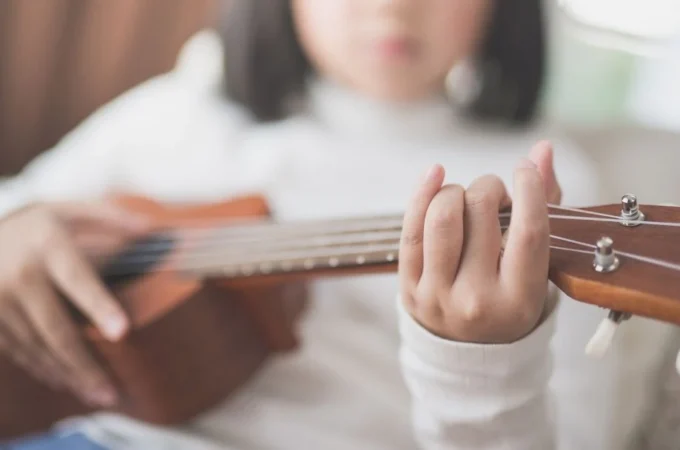
How to Turn Ordinary Belongings into Meaningful Keepsakes
We all accumulate possessions throughout our lives, but only a select few items carry genuine sentimental value. The art of transforming everyday objects into cherished keepsakes lies in recognizing their potential and applying creative techniques that preserve memories and emotions. Whether it’s a childhood toy, a piece of inherited jewelry, or a simple household item, almost anything can become a treasured heirloom with the right approach. This guide explores practical methods to elevate ordinary belongings into meaningful keepsakes that tell your unique story and connect generations.
Table of Contents
ToggleUnderstanding the Emotional Value of Objects
The first step in creating meaningful keepsakes is identifying which items hold genuine emotional significance. Not every object deserves preservation, so it’s worth focusing on belongings that trigger specific memories, represent important relationships, or mark significant life milestones. Think about items that belonged to loved ones, souvenirs from transformative experiences, or objects that witnessed pivotal moments in your life. The emotional connection should feel authentic and personal rather than obligatory or forced. Sometimes the most ordinary items carry the deepest meaning because they represent daily routines, shared moments, or the essence of someone’s personality. Take time to reflect on why certain objects resonate with you before deciding which one’s merit transformation into lasting keepsakes, you’ll know when something truly matters.
Personalization Through Engraving and Marking
One of the most effective ways to transform ordinary items into special keepsakes involves adding personalized markings that commemorate specific people, dates, or events. Engraving names, dates, coordinates, or meaningful phrases onto metal, wood, glass, or leather surfaces instantly elevates an object’s sentimental value. Modern technology has made personalization more accessible than ever, allowing for intricate designs and precise lettering on virtually any material. You might consider engraving a parent’s handwriting onto a piece of jewelry, adding coordinates of a meaningful location to a compass, or inscribing a favorite quote onto a wooden box. The permanence of engraving ensures these details won’t fade with time, creating tangible connections between objects and memories. When personalizing items with detailed designs or fine text, professionals who need to create permanent markings on various materials often rely on a laser machine to achieve precision and consistency. Even simple items like kitchen utensils, picture frames, or tools can become cherished heirlooms when marked with thoughtful personalization that tells a story.
Repurposing and Creative Transformation
Sometimes the best way to preserve memories involves reimagining how an object can be used or displayed. Repurposing allows you to maintain the essence of an item while giving it new life and functionality. Old clothing can be transformed into quilts, pillows, or framed textile art that preserves patterns and fabrics while creating something both beautiful and useful. Vintage dishes might become unique wall displays, broken jewelry can be incorporated into mixed-media artwork, and childhood drawings can be professionally printed onto various materials.
Proper Preservation and Display Methods
Once you’ve identified and personalized your meaningful items, proper preservation becomes essential to ensure they last for generations. Different materials require specific care approaches, so it’s worth researching appropriate storage and display methods for each keepsake type. Photographs should be stored in acid-free albums away from direct sunlight, textiles need protection from moisture and pests, and metals may require occasional polishing and climate control. Consider investing in archival-quality materials for framing, protective cases for three-dimensional objects, and proper containers for items requiring storage.
Documentation and Storytelling
The true power of keepsakes emerges when their stories are preserved alongside the physical objects. Without context, even the most carefully preserved item may lose its significance over time or across generations. Create written, audio, or video recordings that explain the history, significance, and emotional importance of each keepsake. Include details about the original owner, when and where it was acquired, why it matters, and any memorable stories associated with it.
Conclusion
Transforming ordinary belongings into meaningful keepsakes requires intentionality, creativity, and respect for the memories these items represent. By carefully selecting objects with genuine emotional significance, personalizing them through techniques like engraving, reimagining their purpose through creative repurposing, employing proper preservation methods, and documenting their stories, you create lasting connections between past and future. These keepsakes become more than mere possessions, they evolve into tangible links to loved ones, important experiences, and the journey of your life. The process of creating meaningful keepsakes also encourages mindfulness about consumption and attachment, helping distinguish between objects simply owned and those that truly matter. Start with a few special items and gradually build a curated collection of keepsakes that authentically represents your story and values, ensuring that the things you treasure most remain protected and appreciated for generations to come.


